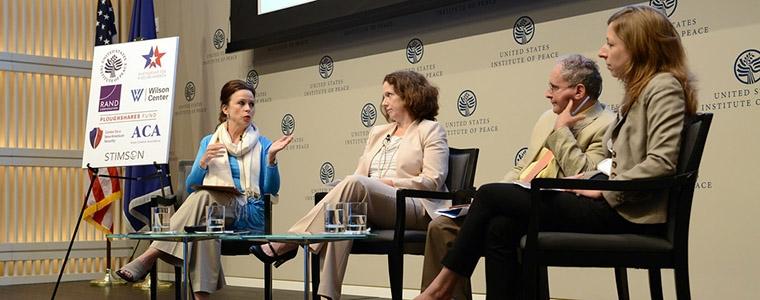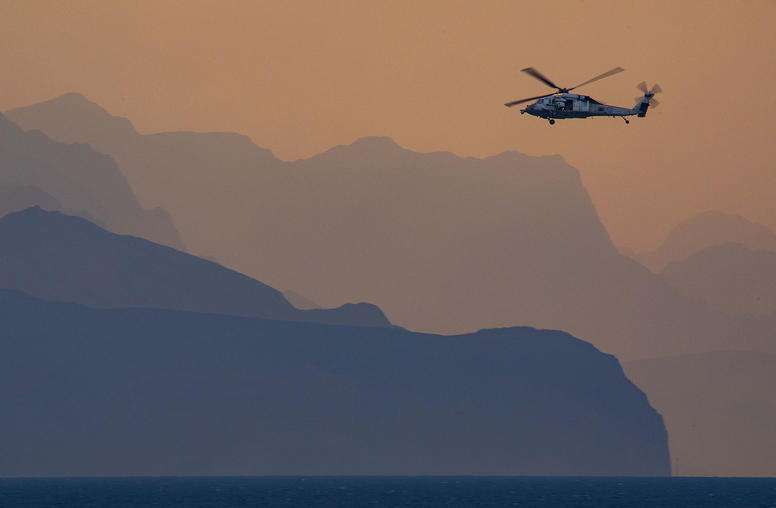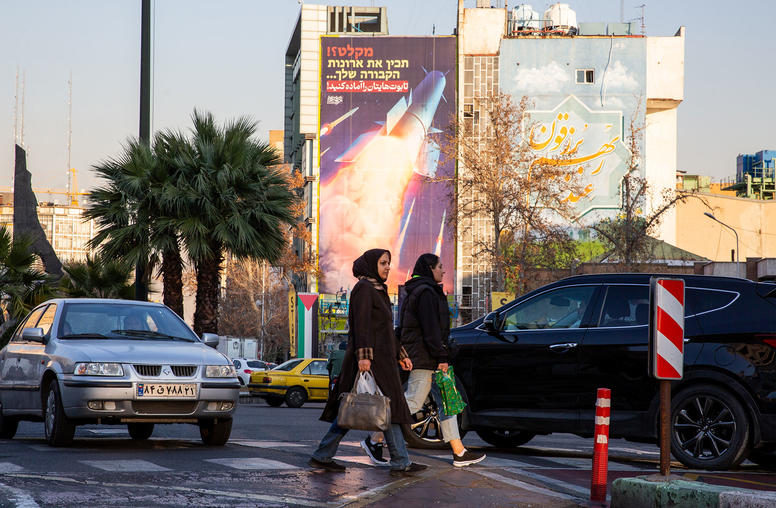Iran Sanctions: What the U.S. Cedes in a Nuclear Deal
The last event in our three-part series addressed the complex questions and challenges of sanctions in the Iran nuclear talks.

Since 2006, the United States has imposed more sanctions on Iran than any other country, so it may have to cede the most ground to get a nuclear deal in 2014. Over the years, Republican and Democratic administrations have issued at least 16 executive orders, and Congress has passed ten acts imposing punitive sanctions. What does Tehran want? What are the six major powers considering as incentives to cooperate? What isn’t on the table? The White House and Congress have imposed their own types of sanctions. What would either need to do to lift them? What difference would the various sanctions relief packages make to Iran?
On July 8, four panelists addressed the complex questions and challenges of sanctions in the Iran nuclear talks. It was third in a series of discussions hosted by an unprecedented coalition of eight Washington think tanks and organizations to coincide with the last rounds of negotiations. A rundown of the event is available on USIP’s The Iran Primer with a video, and on USIP’s blog The Olive Branch. The coalition includes the U.S. Institute of Peace, RAND, the Woodrow Wilson International Center for Scholars, the Arms Control Association, the Center for a New American Security, the Stimson Center, Partnership for a Secure America, and the Ploughshares Fund.
Speakers
Suzanne Maloney
Brookings Institution fellow and former State Department Policy Planning
Kenneth Katzman
Congressional Research Service and former CIA analyst
Elizabeth Rosenberg
Center for New American Security and former Treasury Department senior advisor
Robin Wright, Moderator
Journalist and Author, U.S. Institute of Peace and Woodrow Wilson International Center



